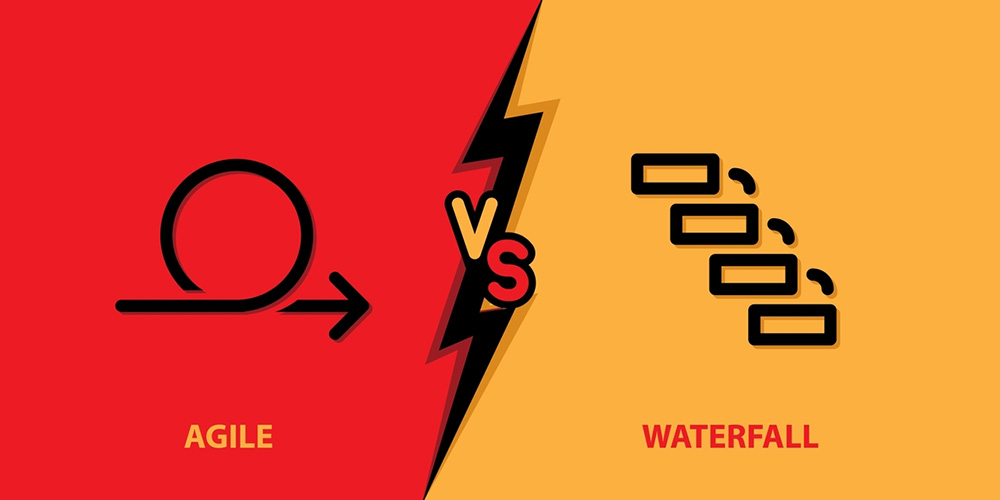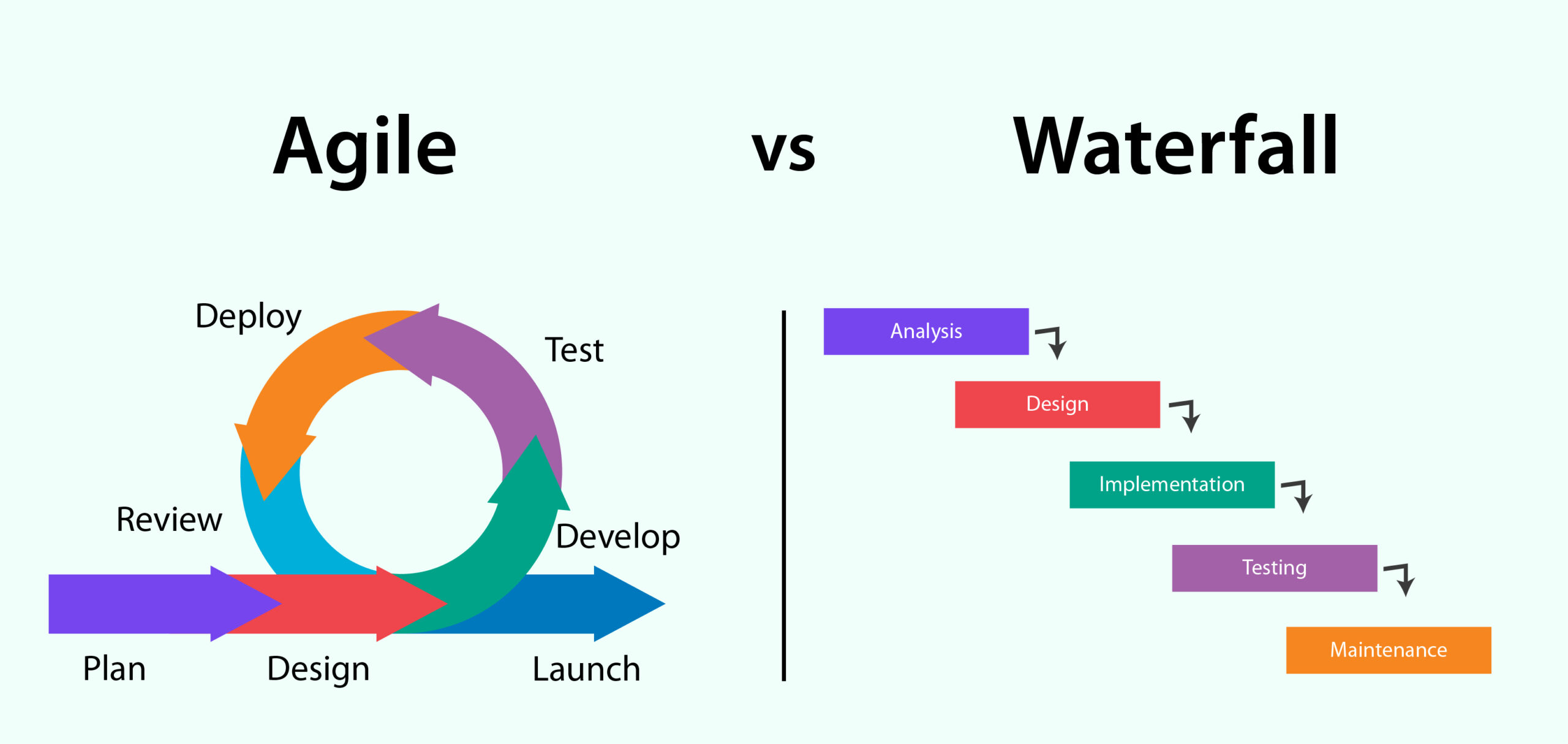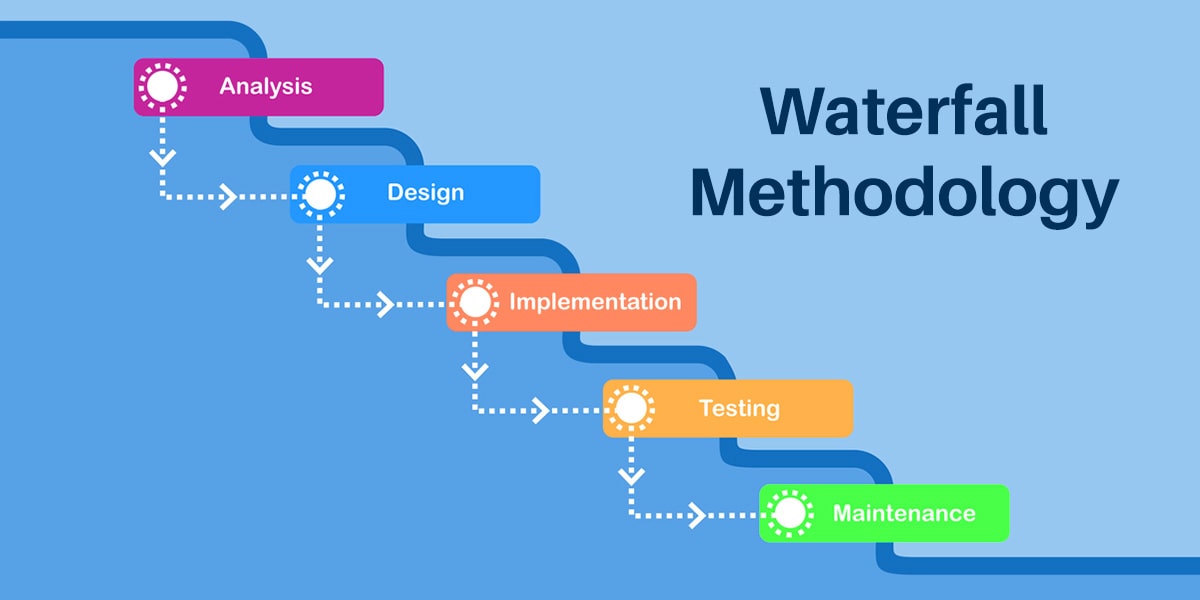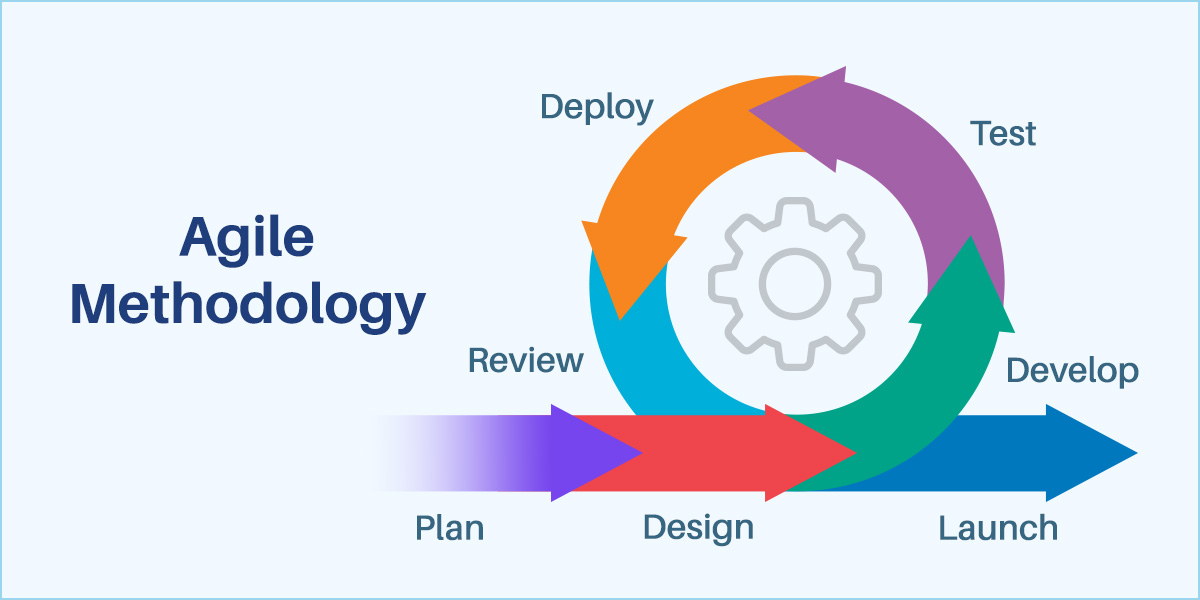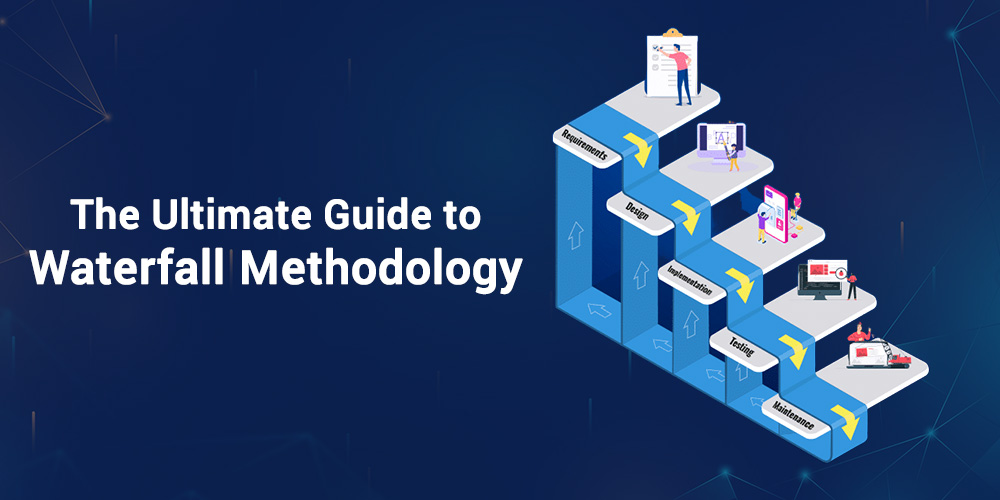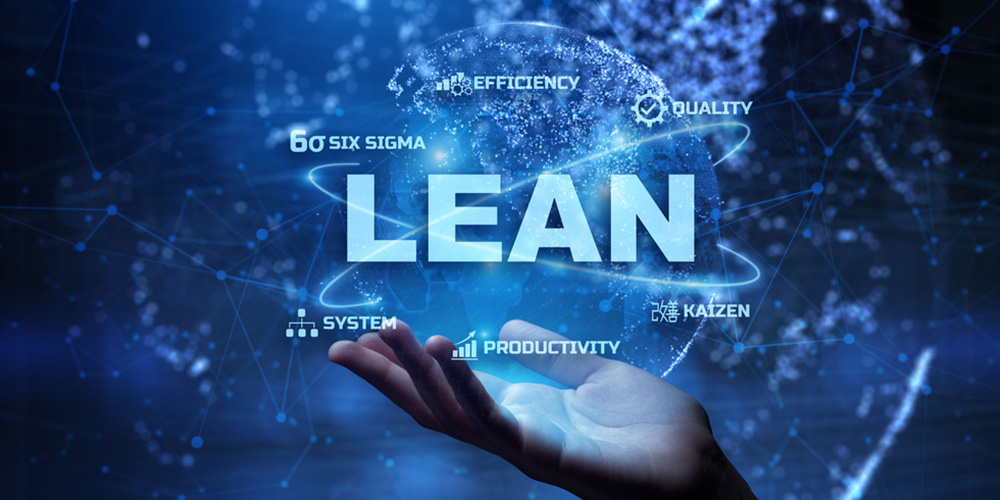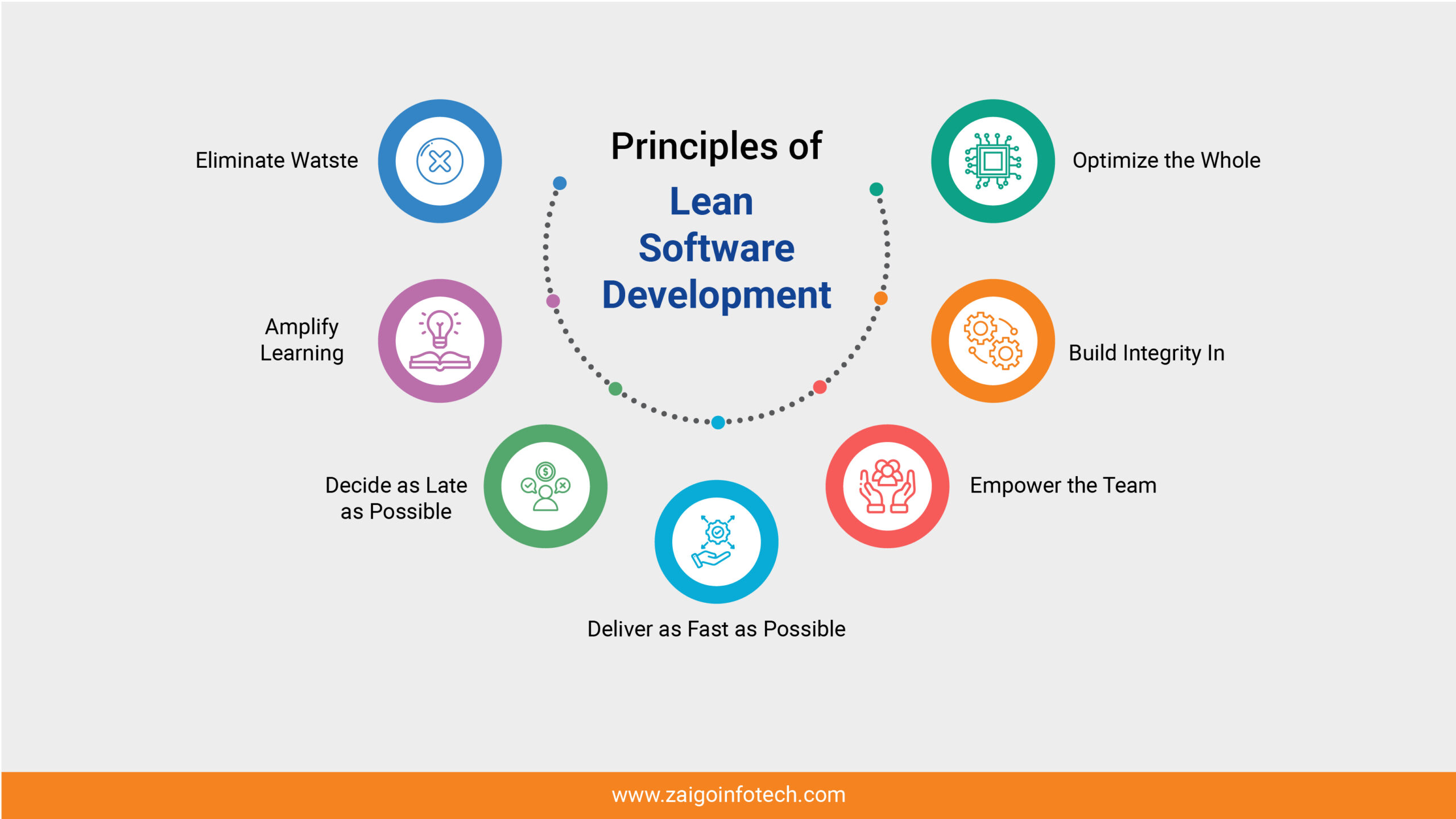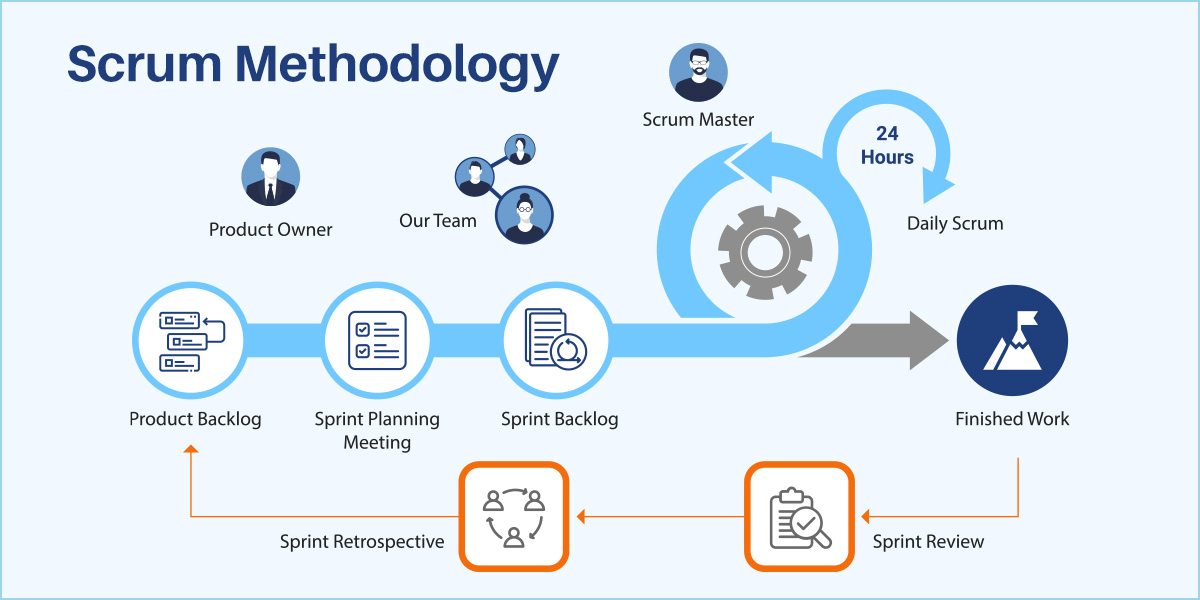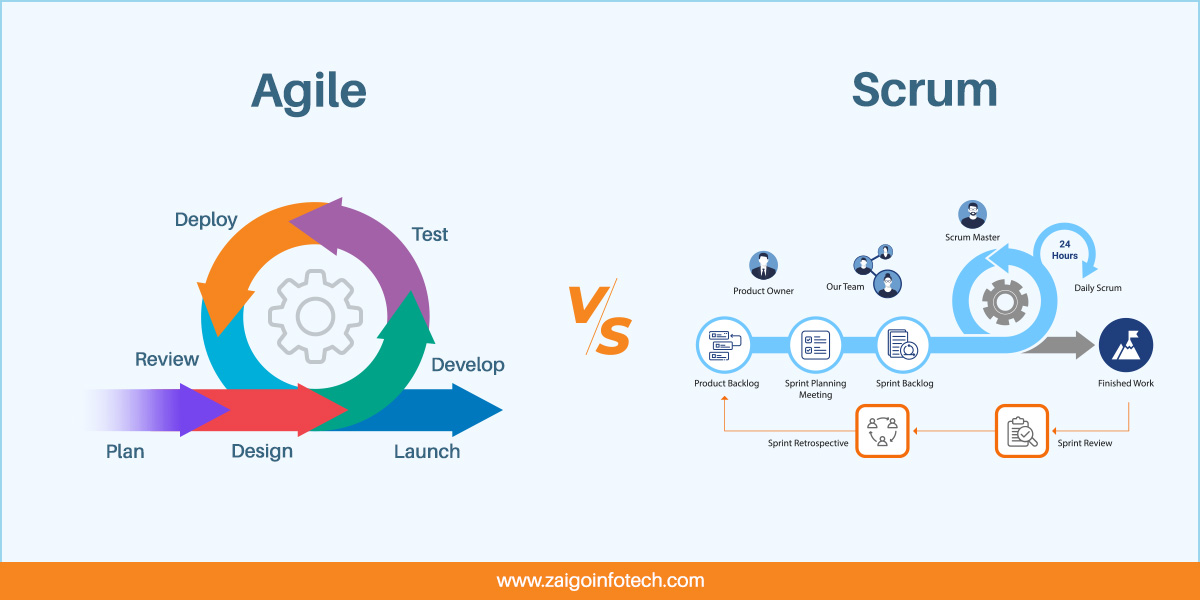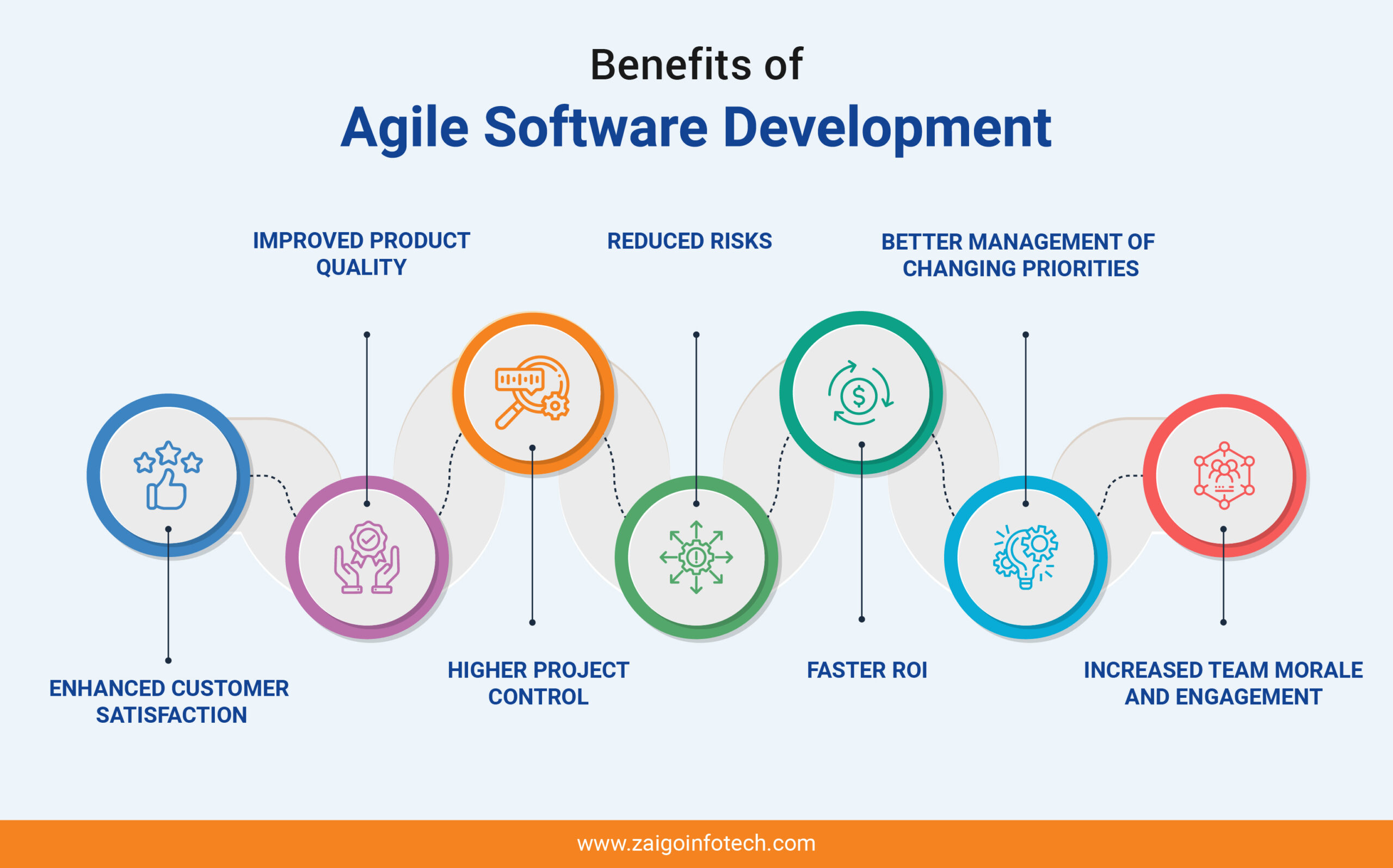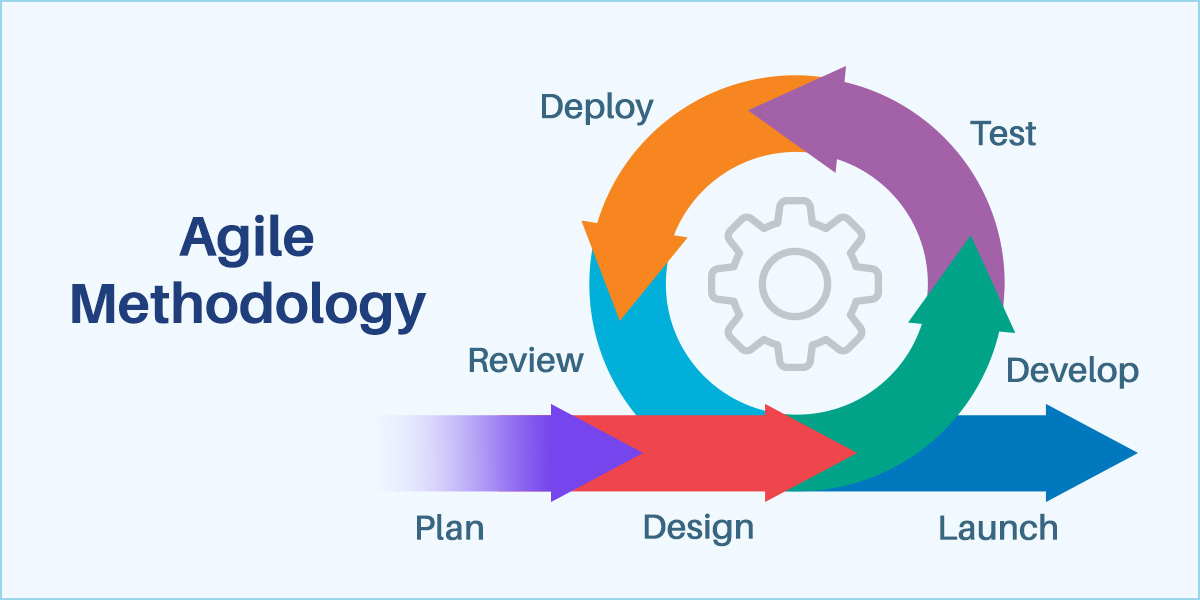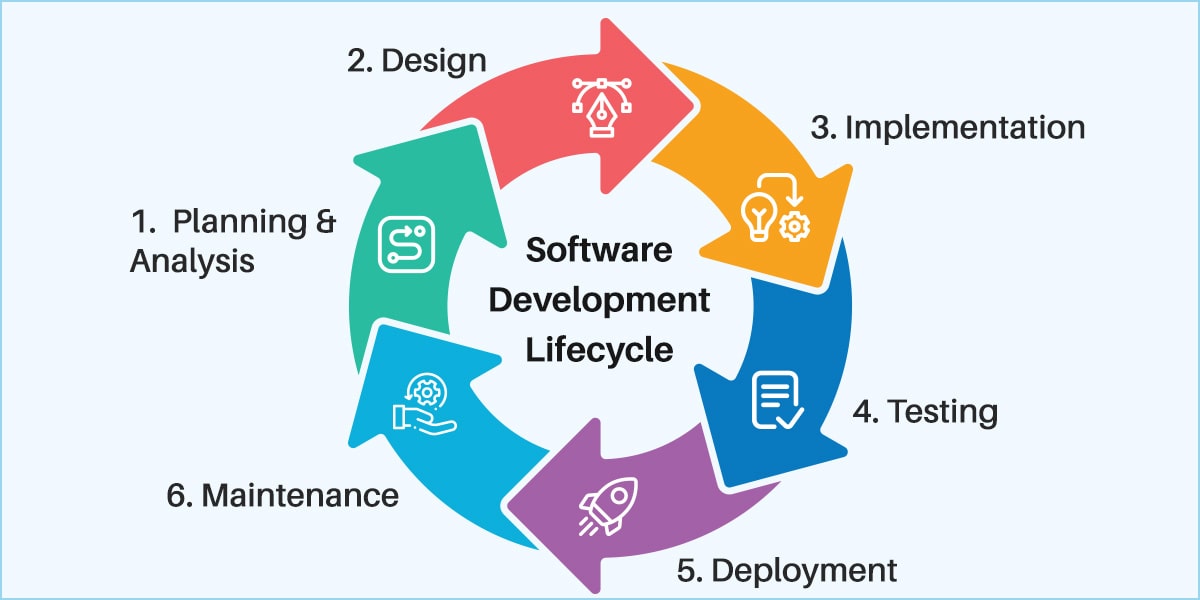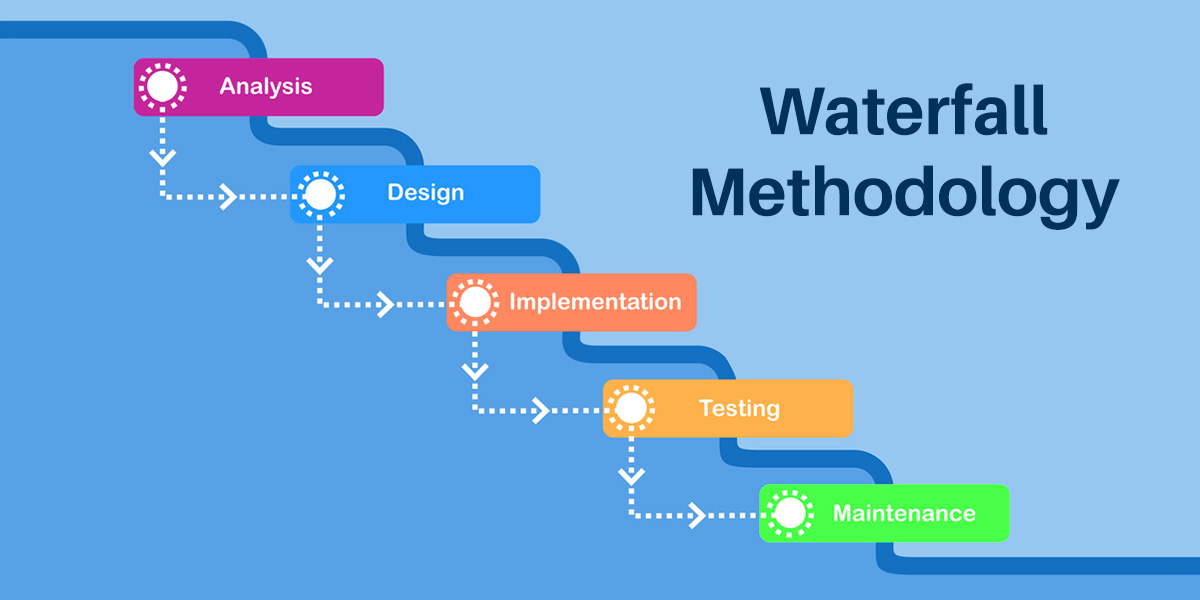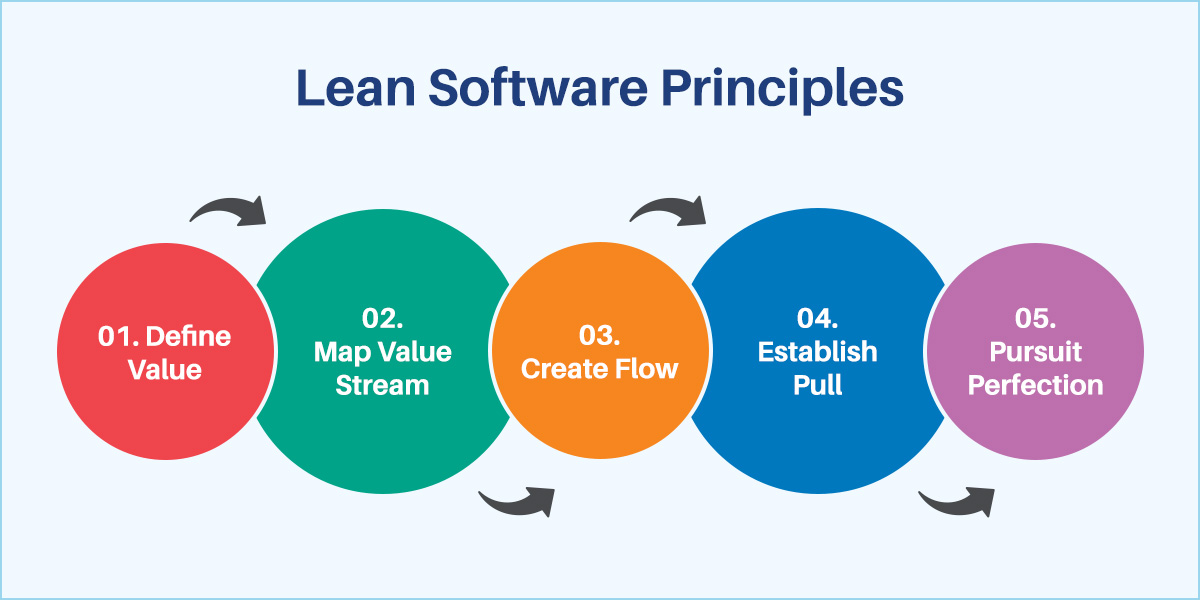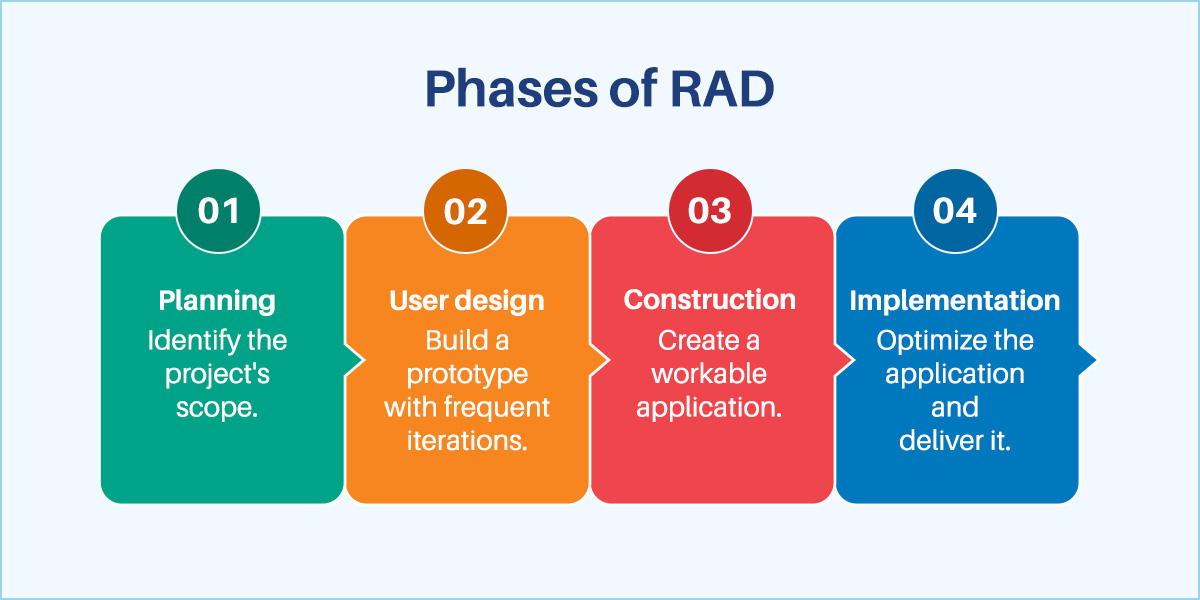When developing software with your team, have you ever pondered the best practices for project management?
Have you considered what an exceptional manager must do to guarantee that their software products are not only delivered on time but also stay within scope and budget?
These questions are vital as they underline the importance of mastering efficient project management techniques in a fast-evolving technological environment. Adopting proven strategies and tools can make the difference between a project’s success and its failure, ensuring you meet both client expectations and your team’s needs efficiently.
For example, implementing Agile methodology is one of the best practices in software project management to follow in software development. It has been observed that businesses adopting Agile witness a 60% increase in profitability and revenue.
This approach not only enhances project flexibility and response to change but also fosters a collaborative environment that significantly improves both team productivity and project outcomes.
What is Software Project Management?
Software Project Management is a specialized area of project management focused on planning, organizing, executing, and controlling software development projects within the Software Development Life Cycle (SDLC). It involves overseeing the entire software development process from initiation to delivery, ensuring that projects are completed on time, within budget, and according to specifications.
Key Challenges in Software Project Management Today
Software project management faces challenges like rapid technological changes, managing remote teams, ensuring cybersecurity, integrating new tools, and handling complex user requirements effectively.
Software project managers encounter multiple challenges in the modern technological landscape:
Adapting to Rapid Technological Changes: The fast pace of technological advancement necessitates continuous learning and adaptation by project teams. Managers must ensure that their teams are up-to-date with the latest technologies and practices to stay competitive and meet client expectations.
Managing Remote Teams: With the rise of remote work, project managers must find effective ways to oversee distributed teams. This includes establishing clear communication channels, ensuring regular updates, and fostering a sense of teamwork and collaboration among members who may never meet face-to-face.
Ensuring Cybersecurity: Increasingly sophisticated cyber threats pose risks not just to the integrity of the software being developed but also to the software development process itself. Project managers must prioritize security measures, implement robust protocols, and educate their teams on best practices in software project management to safeguard all aspects of the project.
Integration of New Tools and Platforms: The constant emergence of new project management and development tools requires managers to regularly evaluate and integrate the most effective solutions. This integration must be managed without disrupting ongoing projects, while also training the team on new tools.
Dealing with Complex User Requirements: Managing evolving or complex user requirements is a significant challenge. Project managers must balance flexibility in their project scope with maintaining set timelines and budgets. Effective requirement management techniques and tools are essential to address changes without significant disruptions.
10 Best Practices in Software Project Management in 2024
1. Accurate Project Estimation
Accurate project estimation stands as a critical best practice in software project management. Utilizing historical data and sophisticated estimation tools allows project managers to accurately forecast the time and resources needed for a project. This precision is crucial in setting realistic deadlines and budgets, which are fundamental for the orderly progress of any software development project.
By establishing achievable timelines and financial boundaries, project managers can significantly reduce the risks associated with delays and budget overruns. This practice not only ensures more efficient project execution but also enhances overall financial management, contributing to a smoother, more predictable project lifecycle.
2. Implement a Specific Software Development Methodology
Adhering to a chosen software development methodology is essential among the best practices in software project management. Whether it’s Agile, Scrum, Lean, or Waterfall, selecting and adhering to a methodology that fits the specific needs of the project is crucial. This approach ensures consistency and efficiency throughout the development process.
By employing a structured framework, project managers can guide their teams more effectively. This structured approach not only facilitates smoother project execution but also enhances team productivity and project predictability. It allows for systematic progress tracking and better management of complexities within the development lifecycle.
3. Invest in Project Management Software
Implementing project management tools like Jira, Trello, and Asana is vital for effective software project management. These tools are equipped with robust features that facilitate the tracking of progress, management of resources, and enhancement of communication among team members. They provide project managers and their teams with a clear overview of project timelines, responsibilities, and current status updates.
Such tools are indispensable in maintaining organizational clarity and ensuring that all team members are aligned with the project’s goals. This helps prevent miscommunications and overlaps in responsibilities, thereby streamlining the entire project management process and increasing the likelihood of project success.
4. Manage the Relationship with the Client and All Stakeholders
One of the best practices in software project management is to prioritize effective communication. Regular, clear communication helps align the goals of all involved parties and builds trust. This process involves consistently updating and actively engaging stakeholders through meetings or progress reports. Such engagement ensures the project meets their expectations and integrates their feedback swiftly.
This proactive communication strategy helps in maintaining a transparent relationship, enabling adjustments and alignments as needed, which are essential for the project’s success and stakeholder satisfaction.
5. Utilize DevOps Practices
Integrating development and operations, commonly known as DevOps, is increasingly recognized as a best practice in software project management. This integration significantly enhances collaboration between teams, streamlines processes, and improves the quality of the software. By fostering a culture of continuous integration and continuous delivery (CI/CD), DevOps facilitates rapid and reliable software development and deployment.
Adopting DevOps practices is crucial for modern software development as it allows teams to respond more quickly to market changes and customer needs. This methodology not only accelerates delivery but also ensures that the software is robust and consistently updated to meet evolving demands.
6. Regular and Structured Team Meetings
Conducting regular and structured meetings is a best practice in software project management that ensures all team members are aligned and informed. These meetings provide a crucial platform for discussing project progress, addressing any arising issues promptly, and making necessary adjustments to the project plan.
This practice fosters open communication and collaboration within the team, which is essential for maintaining project momentum and cohesion. By regularly bringing team members together, project managers can effectively coordinate efforts, monitor project health, and facilitate quick responses to challenges, ensuring the project stays on track towards its objectives.
7. Code Review
Code review is a crucial practice in software project management that involves scrutinizing written code by one or more developers who did not originally write it. This process is vital for maintaining high standards of code quality and ensuring that the software is free from errors and is optimally designed.
Code reviews encourage collaboration among team members, as they share knowledge, identify potential issues early, and suggest improvements. This practice not only enhances the overall quality of the software but also fosters a team environment that values diligence and attention to detail, contributing significantly to the project’s success.
8. Set Clear Goals and Milestones
Setting clear, measurable goals and milestones is a crucial best practice in software project management. This approach aids in effectively monitoring the progress of a project and ensures that it stays on its intended track. By defining specific, attainable milestones, teams can measure their achievements in real-time, allowing for adjustments and refinements to be made as needed.
Achieving each milestone not only provides a team with a sense of accomplishment but also serves as a clear indicator of progress toward the final goal. This motivational aspect is vital for maintaining team morale and momentum throughout the project lifecycle, fostering a productive and positive work environment.
9. Risk Management Planning
Effective risk management is a fundamental best practice in software project management. Identifying potential risks early in the project lifecycle allows for the development of appropriate mitigation strategies, which is crucial for minimizing potential impacts on the project’s schedule, budget, and overall quality.
By proactively addressing risks before they become issues, project managers can ensure smoother project execution and maintain better control over project outcomes. This practice not only helps in safeguarding the project against unforeseen challenges but also contributes to a more reliable and predictable project management process.
10. Post-Project Reviews
Conducting detailed post-project reviews is an essential practice in software project management. These reviews provide a critical opportunity for teams to reflect on what aspects of the project management and execution were successful and which areas need improvement. This feedback is invaluable as it contributes to continuous improvement, helping to refine processes and strategies for future projects.
Such retrospectives not only enhance project outcomes but also foster a culture of learning and accountability within the team. By systematically analyzing each project’s execution, teams can identify and implement best practices more effectively, leading to greater success in subsequent projects.
By implementing these best practices in software project management, teams can enhance their efficiency, productivity, and success rates in delivering high-quality software projects.
Follow 3 Principles (KISS, DRY, YAGNI)
1. KISS (Keep It Simple, Stupid)
The idea behind KISS is pretty straightforward: keep things as simple as possible. When you’re building something, whether it’s a piece of software or a garden shed, it’s easy to get carried away adding bells and whistles. But more often than not, complexity just leads to more problems. If you stick to the basics and keep your work clear and simple, you’re less likely to run into issues, and others will have an easier time understanding or picking up where you left off.
2. DRY (Don’t Repeat Yourself)
DRY is all about efficiency. Imagine if you had to send five friends the same update about your life. Instead of texting each one separately, you’d probably just start a group chat. That’s the essence of DRY. In coding, it means if you find yourself typing out the same logic or function multiple times, you should probably look for a way to do that once and reuse it wherever needed. This not only saves time but also makes your code cleaner and easier to manage.
3. YAGNI (You Ain’t Gonna Need It)
YAGNI is a reminder to not get ahead of yourself. It’s tempting when you’re in the creative flow to start adding features or building parts of a project you think you might use later. However, YAGNI tells us to focus only on what’s absolutely necessary right now. It’s about being practical and not wasting time on things that might never be needed. This way, you stay focused, keep your project manageable, and avoid cluttering it with unused features.
Putting It All Together
When you use KISS, DRY, and YAGNI together, you end up with a project that’s straightforward, efficient, and not overburdened with unneeded features. This approach not only makes your current work easier but also makes any future changes or updates less of a headache. These principles are like the golden rules for keeping your projects on track and making your life as a developer a bit easier.
Summing Up
Adopting these best practices in software project management can significantly enhance the success rate of software projects in 2024. Effective management not only ensures the delivery of high-quality software but also supports the strategic goals of the organization, fostering growth and innovation. This approach functions much like a skilled navigator guiding a ship; it ensures that every part of your project aligns with broader business objectives, steering your company towards new opportunities and sustainable success.
If you’re looking for a reliable partner to help elevate your software projects, consider Zaigo Infotech, a leading Software Development Company in India. Let us show you how our approach to project management can make a real difference in the success of your software initiatives. Contact Zaigo Infotech today to discuss how we can work together to achieve your goals with confidence and excellence.
By choosing Zaigo Infotech, you choose a partner dedicated to your project’s success from start to finish. Let’s create something exceptional together.
Frequently Asked Questions
Best practices in project management refer to a set of guidelines, ethics, and ideas that are considered to be the most efficient and effective in delivering projects. These practices are often derived from real-world experience and industry standards and are designed to increase the likelihood of reaching project goals with success.
Best practices for project implementation typically include clear goal-setting, thorough planning, effective communication, and risk management. Implementation should also include a strong project team with defined roles and responsibilities, use of project management tools, regular progress monitoring, and flexibility to adapt to changes.
A Project Management Office (PMO) best practice involves establishing standardized project management policies, processes, and methods. It ensures projects align with the organizational strategy, provides governance, and facilitates the sharing of resources, methodologies, tools, and techniques. The PMO should also be involved in the continuous improvement of project management through lessons learned and training.




